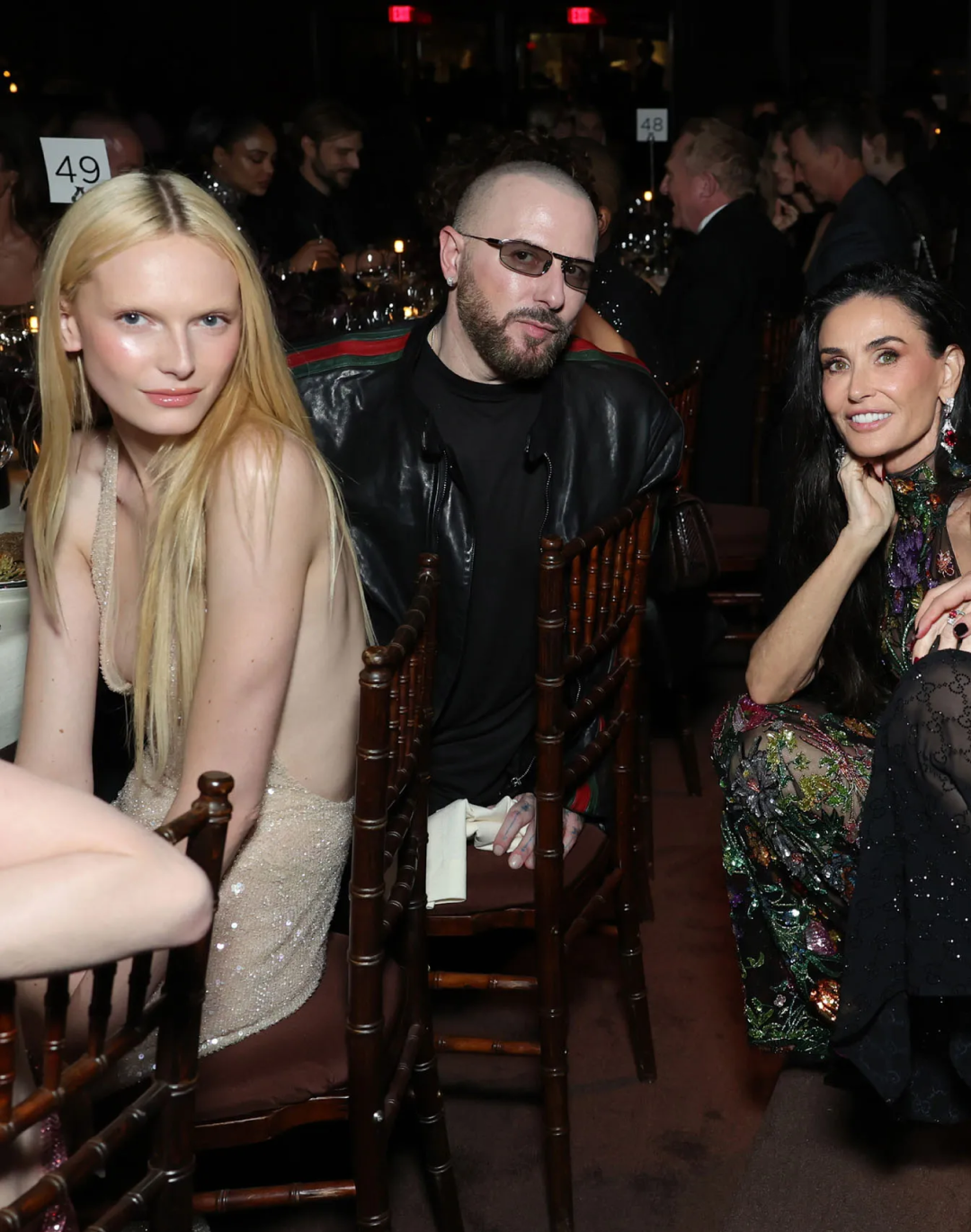
Are pre-collections the main problem of fashion? Their elimination could be the first step towards slow fashion
Although the period between the closing of winter fashion weeks and today has meant a stasis for fashion, many voices have risen against the problem of overproduction that afflicts the industry, with a strong condemnation (more or less veiled) of the disjointion between fashion seasons and seasons of the year and the pre-collections system:
- «Enough with fashion as pure communication, enough with cruise shows around the world to present mild ideas and entertain with grandiose shows that today seem a bit inappropriate, and even a tad vulgar», wrote Giorgio Armani at the start of april.
- The Saint Laurent's message of late april says: «Saint Laurent will take ownership of its calendar and launch its collections following a plan conceived with an up-to-date perspective, driven by creativity».
- In the Open Letter to the Fashion System document, Dries Van Noten, along with numerous other designers and retailers, stated his intention to normalize the fashion calendar and reduce unnecessary overproduction. Many of the signatory brands do not already produce Pre-Fall and Resort collections.
- In the statement The Fashion Industry's Reset, the British Fashion Council and CFDA urged brands not to produce more than two collections a year and, if a pre-collection is necessary, avoid a show and limit themselves to a showroom presentation for buyers only.
- Gucci has announced its renunciation of pre-collections and release from the program of traditional fashion weeks. Michele has also specified that she will abandon the usual names of the collections defining them «containers that progressively detached themselves from the life that generated them, losing touch with reality».
The pre-collections, divided into Pre-Fall and Resort/Cruise, have now taken on the role of medium-seasonal proposal for brands, with the role of filling the gap left in stores when the Autumn/Winter merchandise went on sale but before the Spring/Summer collection was delivered to retailers. Their role is in short that of a very profitable filler and they would not even be necessary if fashion seasons and seasons of the year were realigned. They are still possible to eliminate them. Many of the brands that signed Dries Van Noten's open letter, for example, have been going on for years without producing it, with the exception of Thom Browne. While among the brands in Lyst's top 20 already Rick Owens, Jacquemus and Raf Simons, not surprisingly all independent brands with a strong fanbase, have never even produced, with the exception of Jacquemus who presented two in 2016.
Pre-collections have survived thanks to the profits they generate, as they have replaced ready-to-wear as comfortable and practical clothing to wear every day while what is called ready-to-wear evolves to look more and more like couture. The idea behind the many initiatives of the individual brands and designers mentioned above, but also to the recent manifesto of the FCDA and British Fashion Council, is to work on a new type of product that maintains its luxury nature but possesses a longer shelf life and that arrives in stores aligning with the weather season, remaining available as long as the need of the end consumer - a system to which the name of slow fashion has been given. Very appropriate name when you consider the significant savings in resources, work, materials and costs that eliminating pre-collections would entail, giving the design teams the space they need to work better on fewer products.
Do we need to eliminate them or not?
Pre-collections were born quietly to meet the needs of a few, rich customers who went on a beach holiday during the winter and soon became a perfect method to govern the immediate instincts of consumers who wanted to have produced new products, acting as a creative response to the advance of fast luxury. But their own reason for being is a symptom of a problem: a product with a longer shelf life would be of greater value and would certainly have a less serialized design.
In the phase of substantial anarchy that is now going through fashion, in which each brand is making decisions for itself, the cancellation of pre-collections could be an authentic response to what is perhaps the main problem of fashion: a production disproportionate to the needs of consumers, which also impacts the natural environment and constitutes for consumers and producers a great waste of resources and money.























































